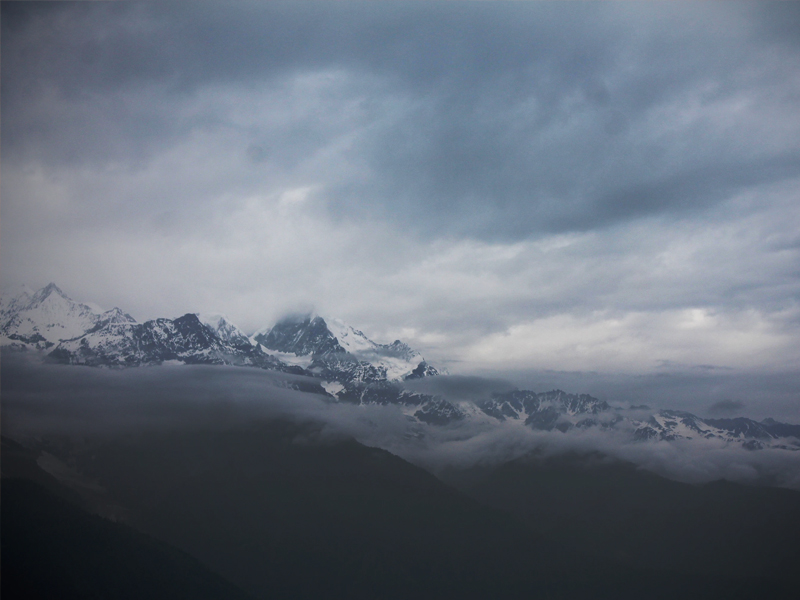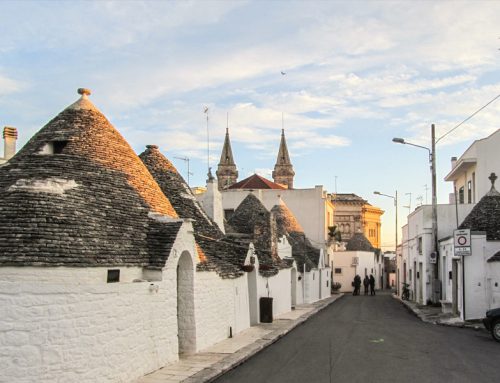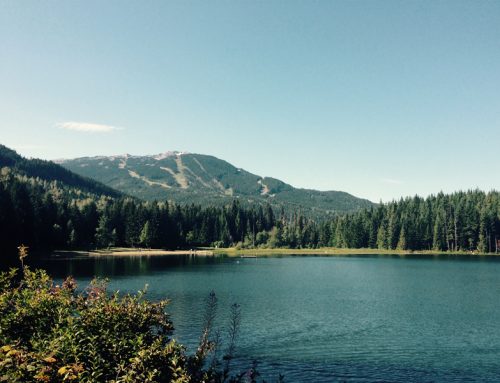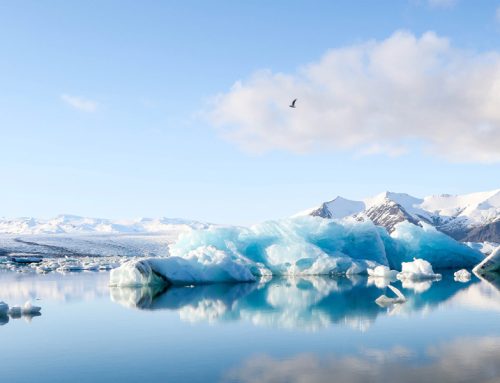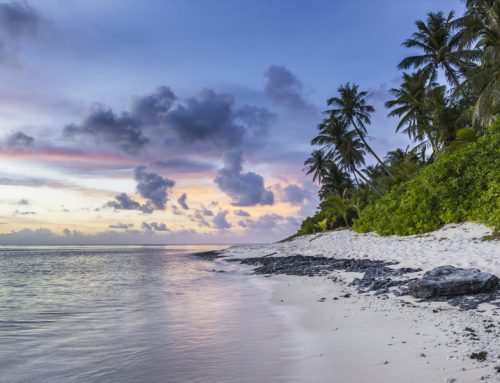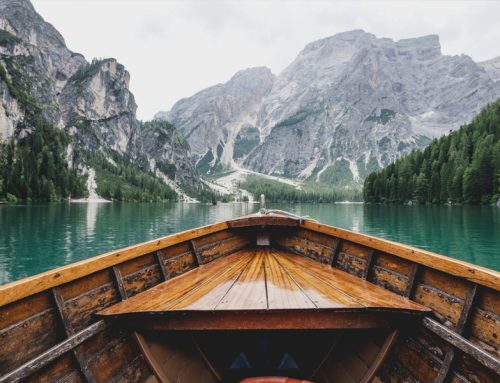How to Travel from Nepal to Tibet: A Comprehensive Guide
Are you planning an adventurous journey from Nepal to Tibet? Travelling between these two incredible destinations offers an unforgettable experience filled with cultural richness and breathtaking landscapes. However, the process requires careful planning due to strict permits, various travel routes, and necessary transportation arrangements. In this guide, we will walk you through everything you need to know about travelling from Nepal to Tibet, ensuring your journey is smooth and hassle-free.
Understanding the Travel Requirements from Nepal to Tibet
Tibet Travel Permits
Before embarking on your journey, the first thing to note is that travelling to Tibet from Nepal requires specific permits. These are necessary for foreign travellers, as individual travel to Tibet is not allowed. You must travel as part of a guided tour arranged by a local travel agency. Here’s a breakdown of the permits required:
- Chinese Group Visa: Issued at the Chinese Embassy in Kathmandu, this visa is required for all travellers entering Tibet from Nepal.
- Tibet Travel Permit: This is the main permit allowing entry into Tibet. It is arranged by your tour operator, and you cannot apply for it independently.
- Alien’s Travel Permit: Required for visiting specific restricted areas in Tibet, such as Everest Base Camp and Mount Kailash.
These permits typically take around 3-5 working days to process, so it’s essential to plan ahead. Tour operators will handle all paperwork, but it’s important to book your tour early to avoid delays.
Travel Insurance
Given the high altitude and remote regions you’ll be visiting, having travel insurance that covers medical emergencies and evacuations is essential. Make sure your insurance policy includes coverage for high-altitude travel, especially if you plan to visit places like Everest Base Camp.
How to Get to Tibet from Nepal
Overland Travel: The Friendship Highway
One of the most popular and scenic ways to travel from Nepal to Tibet is overland via the Friendship Highway. This road connects Kathmandu with Lhasa, the capital of Tibet. The journey takes approximately 5-7 days and offers stunning views of the Himalayas. The main checkpoints and attractions along the route include:
- Rasuwa Gadhi: The Nepal-China border crossing.
- Tingri: A popular stop for views of Everest.
- Shigatse: The second-largest city in Tibet, home to the famous Tashilhunpo Monastery.
- Lhasa: The final destination and heart of Tibetan culture, featuring the Potala Palace and Jokhang Temple.
Travelling overland is ideal for those who want to soak in the landscapes, visit monasteries, and explore Tibetan culture in depth. It’s important to note that road conditions can vary, especially during the rainy season, so flexibility in your travel plans is advised.
Flying from Kathmandu to Lhasa
If you prefer a faster and more direct route, flying from Kathmandu to Lhasa is a convenient option. The flight takes around 90 minutes and offers breathtaking views of Mount Everest and the Himalayan range. Major airlines, such as Air China, offer regular flights between Kathmandu’s Tribhuvan International Airport and Lhasa’s Gonggar Airport.
While flying saves time, you’ll miss the opportunity to experience the gradual change in landscape and altitude that the overland route provides. However, it’s a great option for travellers on a tight schedule.
When Is the Best Time to Travel from Nepal to Tibet?
The ideal time to travel from Nepal to Tibet is during the spring (April to June) and autumn (September to October) months. During these periods, the weather is generally clear, with mild temperatures and excellent visibility for mountain views. The monsoon season (July to August) can make overland travel more challenging due to landslides and heavy rains. Winter (November to March) can be cold and snowy, particularly in high-altitude areas, but it’s also a less crowded time to visit if you’re looking for a peaceful journey.
High-Altitude Considerations
Travelling from Nepal to Tibet involves crossing high-altitude regions, which may lead to altitude sickness for some travellers. To prevent this, it’s recommended to acclimatise properly before reaching higher elevations. If you’re travelling overland, the gradual ascent via the Friendship Highway allows your body to adjust to the altitude more easily. Here are a few tips to help with altitude acclimatisation:
- Stay hydrated and avoid alcohol or smoking.
- Take it slow during the first few days to let your body adjust.
- Consider taking altitude sickness prevention medication such as Diamox (after consulting a doctor).
Important Cultural Etiquette in Tibet
As you travel through Tibet, it’s essential to respect the local culture and traditions. Tibetans are deeply religious, and Buddhism plays a central role in their daily lives. When visiting monasteries, temples, and other sacred sites, be sure to:
- Dress modestly (cover your shoulders and knees).
- Always walk clockwise around religious monuments (known as kora).
- Avoid touching or photographing religious objects without permission.
Showing respect to Tibetan customs will not only enrich your experience but also foster positive interactions with the local people.
Conclusion: Start Planning Your Journey to Tibet
Travelling from Nepal to Tibet offers an extraordinary adventure filled with natural beauty, rich culture, and spiritual significance. Whether you choose to travel overland via the scenic Friendship Highway or take a quick flight, proper planning and preparation will ensure a smooth and enjoyable journey. Make sure to secure the necessary permits, consider travel insurance, and be mindful of the cultural and altitude-related factors to make the most of your trip.
If you’re ready to start planning your trip, check out our recommended hotels in Tibet for the best accommodation options. Don’t miss out on an unforgettable travel experience!

